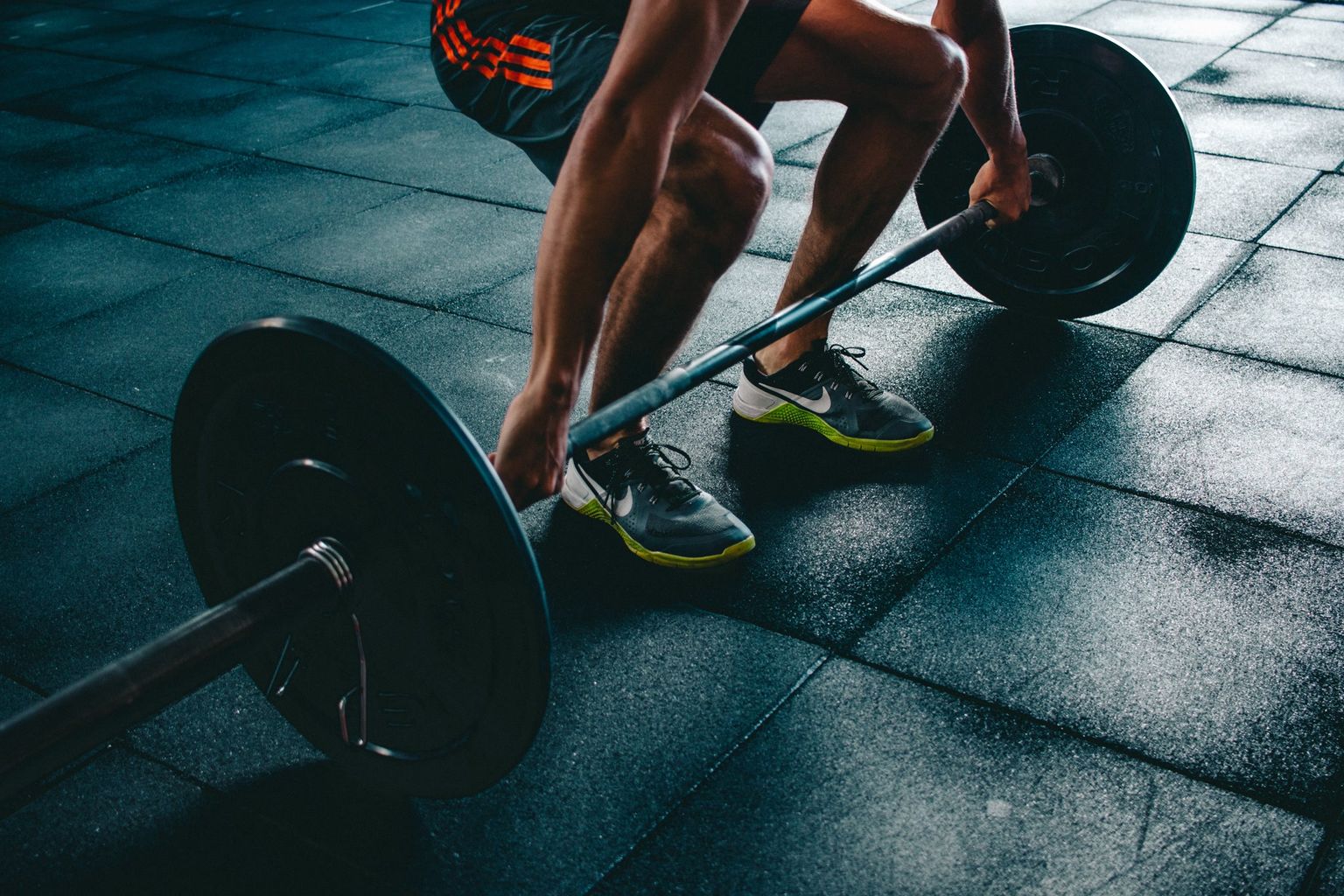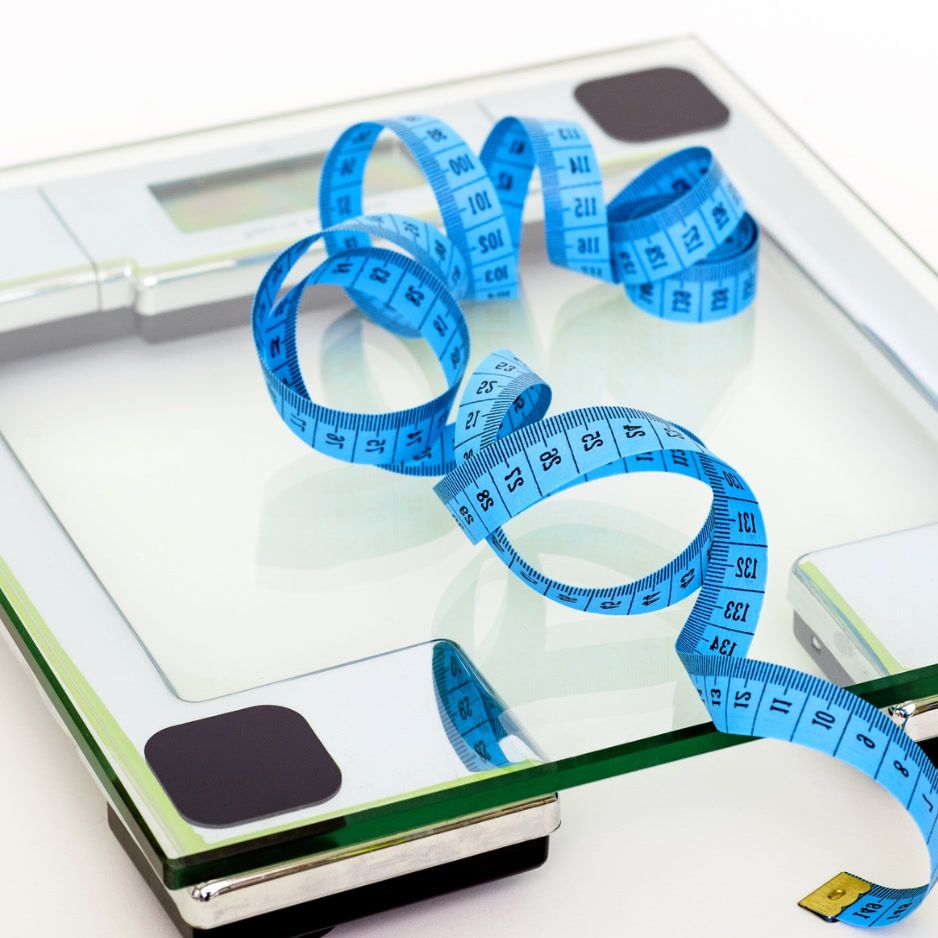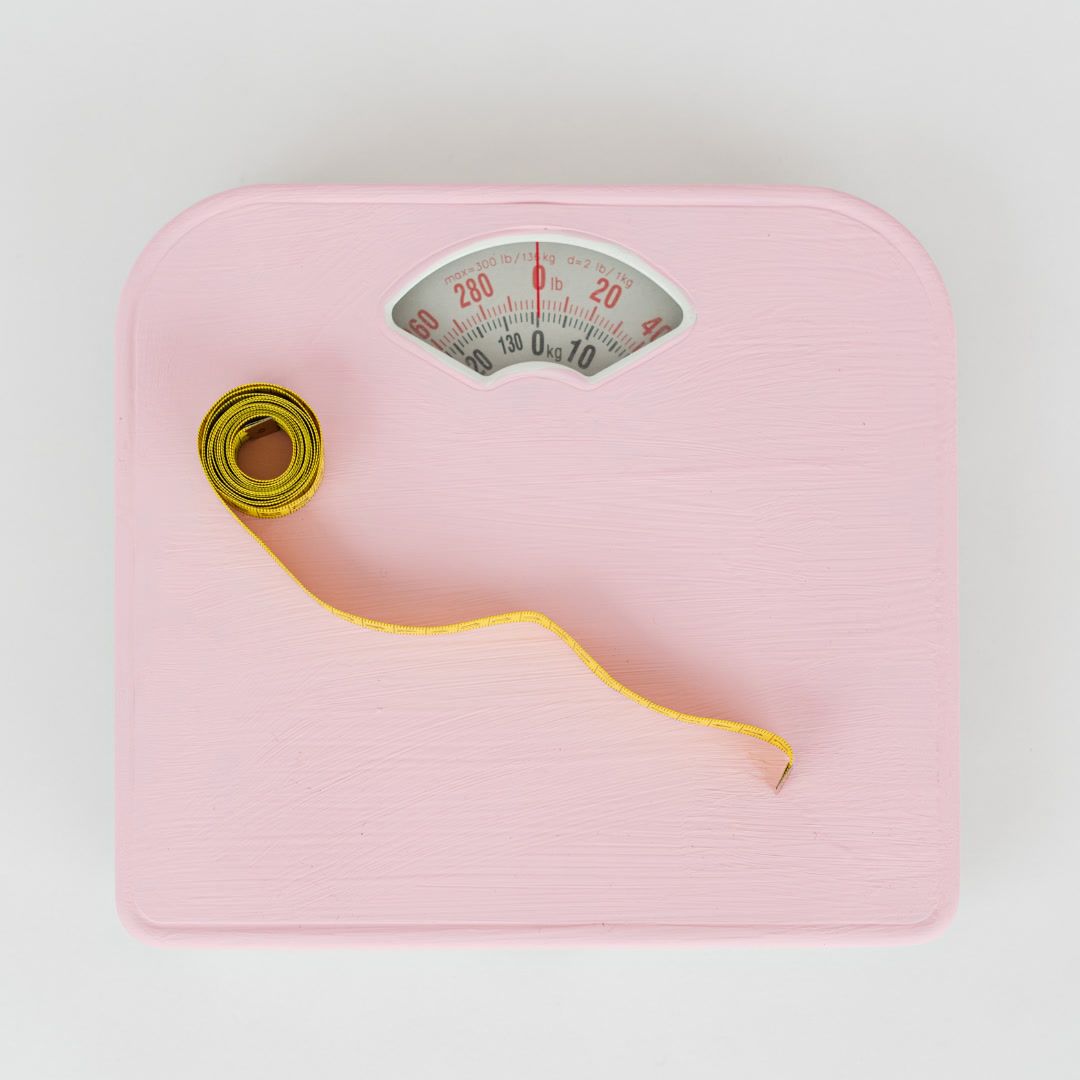Is Cycling Good for Weight Loss? A Science-Backed Guide
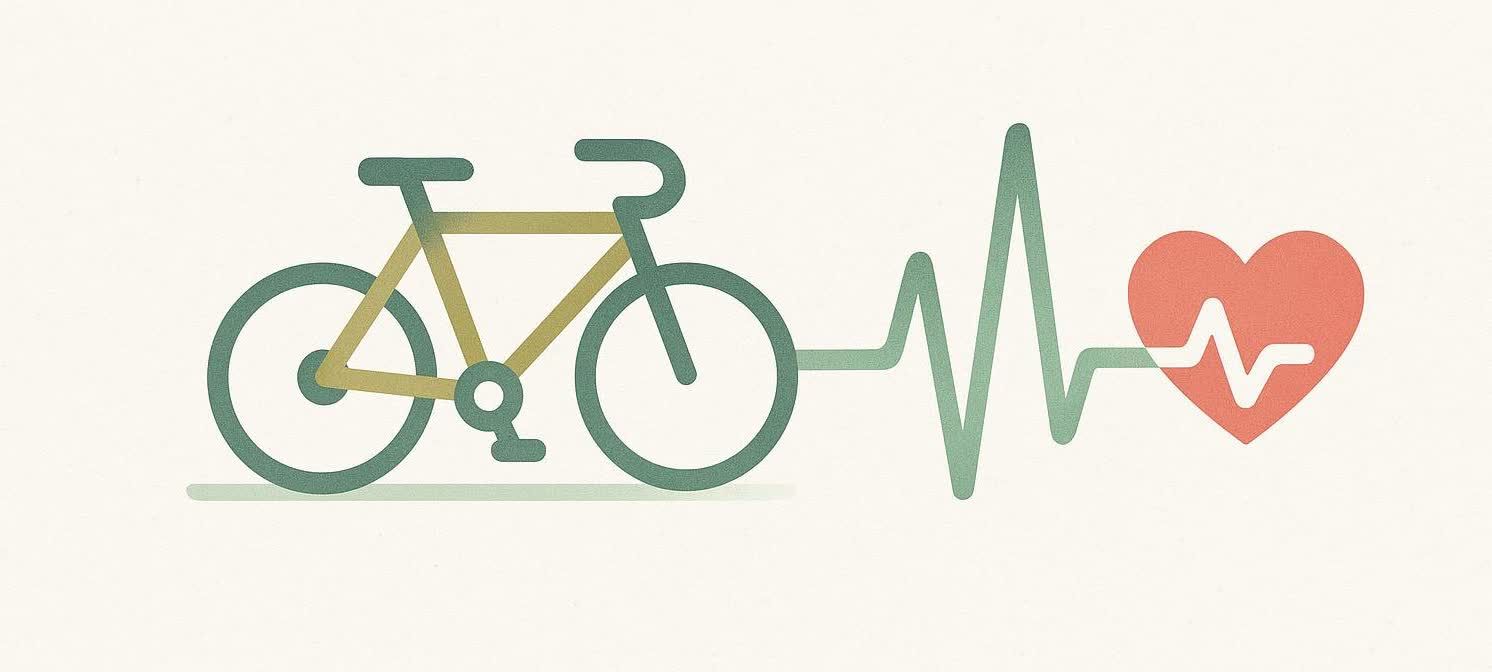
Is Cycling Good for Weight Loss? A Science-Backed Guide
From weekend warriors to busy professionals, cycling remains one of the most accessible ways to create the calorie deficit needed for fat loss—and it lets you build cardiovascular fitness at the same time. This guide explains exactly why cycling works for weight loss, the training zones that burn fat most efficiently, and how to build a weekly program you’ll actually stick to.
Quick Answer: Why Cycling Supports Sustainable Fat Loss
- Low-impact: less stress on knees and ankles than running, making it ideal for heavier riders or people with joint concerns.
- High calorie burn: moderate outdoor cycling can burn around 300 calories in 30 minutes for a 155-lb rider (Harvard Health).
- Scalable intensity: from easy Zone 2 spins to all-out hill sprints, you can dial effort up or down for your fitness level.
- High adherence: commuting, social rides, and virtual racing keep motivation high—a critical factor for long-term weight management.
- Functional fitness boost: cycling strengthens your heart and lungs, increasing stamina for everyday activities.
Calories Burned on a Bike
The table below uses Harvard Health estimates for three body weights and two common road speeds. Indoor numbers are nearly identical when resistance is matched. Prefer a personalized estimate? See our step-by-step guide to calculating cycling calories.
| Speed (mph) | 125 lb | 155 lb | 185 lb |
|---|---|---|---|
| 12–13.9 | 240 kcal | 298 kcal | 355 kcal |
| 14–15.9 | 300 kcal | 372 kcal | 444 kcal |
30-minute session; level terrain.
What Affects Calorie Burn?
- Body mass: heavier riders expend more energy per mile.
- Speed & terrain: hills and headwinds raise power output.
- Bike type & position: a gravel bike with knobby tires demands more work than an aero road setup.
- Drafting: riding in a paceline can reduce energy cost by up to 30 percent (Exploratorium).
- Metabolic efficiency: fitter athletes require fewer calories to produce the same wattage.
How Cycling Burns Fat
Cycling taps two complementary mechanisms:
- Steady-state fat oxidation (Zone 2): riding at ~60–70 percent of max heart rate trains the body to use fatty acids for fuel. Over months, mitochondrial density climbs, allowing you to burn more fat at higher intensities.
- Excess Post-Exercise Oxygen Consumption (EPOC): high-intensity intervals create significant oxygen debt. Your body continues to burn extra calories for several hours after the workout as it restores homeostasis (Healthline).
Blending both methods delivers the best of both worlds—steady fat burn and a potent after-burn effect.
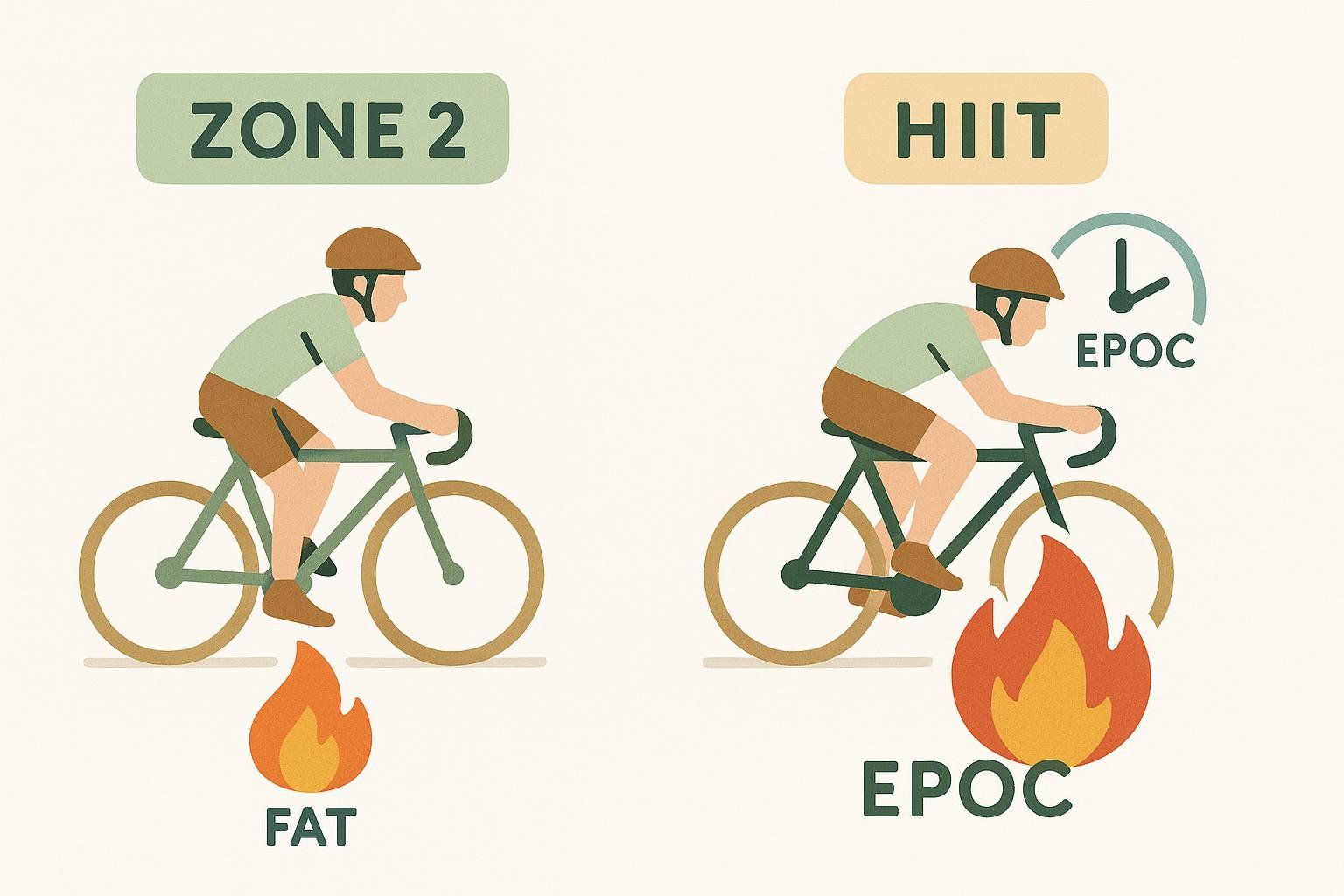
Zone 2 vs. HIIT: Which Is Better for Weight Loss?
| Metric | Zone 2 Endurance | HIIT/Sprint Intervals |
|---|---|---|
| Primary fuel | Fat | Carbohydrate |
| Calorie burn during | Moderate | High |
| Calorie burn after | Low | Elevated (via EPOC) |
| Joint stress | Minimal | Moderate |
| Time efficiency | 60–90 min | 20–30 min |
| Beginner friendly? | Yes | Best after building an aerobic base |
Most effective programs alternate both styles—for example, two Zone 2 rides plus one HIIT session per week.
How to Build Your Cycling Weight-Loss Plan
1. Set a Realistic Calorie Deficit
Aim for –350 to –700 kcal per day (roughly 0.5–1.0 lb per week). Use our BodySpec calorie calculator and revisit numbers every two weeks to adjust for changes in body weight and metabolic rate.
2. Choose a Weekly Structure
Below are three sample templates you can tailor to your schedule and goals.
a. Busy Professional (Beginner)
This plan keeps total saddle time to roughly 2 hours per week. Using the Harvard numbers above for a 155-lb rider at 12–14 mph, that equates to an estimated 900–1,100 calories burned before any dietary changes.
| Day | Session | Notes |
|---|---|---|
| Mon | 30 min Zone 2 commute | Easy spin—keep cadence 80–90 rpm |
| Wed | 8 × 30 sec hard / 90 sec easy (HIIT) | Total workout time ≈ 25 min |
| Sat | 45 min Zone 2 group ride | Ride with friends for accountability |
b. Performance Plateau (Intermediate)
Clocking about 4 hours of riding, this template targets power-to-weight improvements without excessive volume.
| Day | Session | Notes |
|---|---|---|
| Tue | 4 × 8 min at a hard, sustained effort (RPE 7–8/10) | Builds aerobic and muscular endurance |
| Thu | 60 min Zone 2 + 2 × 15 sec sprints | Endurance ride with leg-speed bursts |
| Sat | 90 min rolling-hills group ride | Varied terrain enhances strength and handling |
| Sun | 45 min recovery spin or yoga | Easy movement aids recovery |
c. Joint-Friendly Fat Loss (Older Adult)
Expect about 1 hour and 15 minutes of low-impact cycling weekly—enough to stimulate fat loss while respecting sensitive joints.
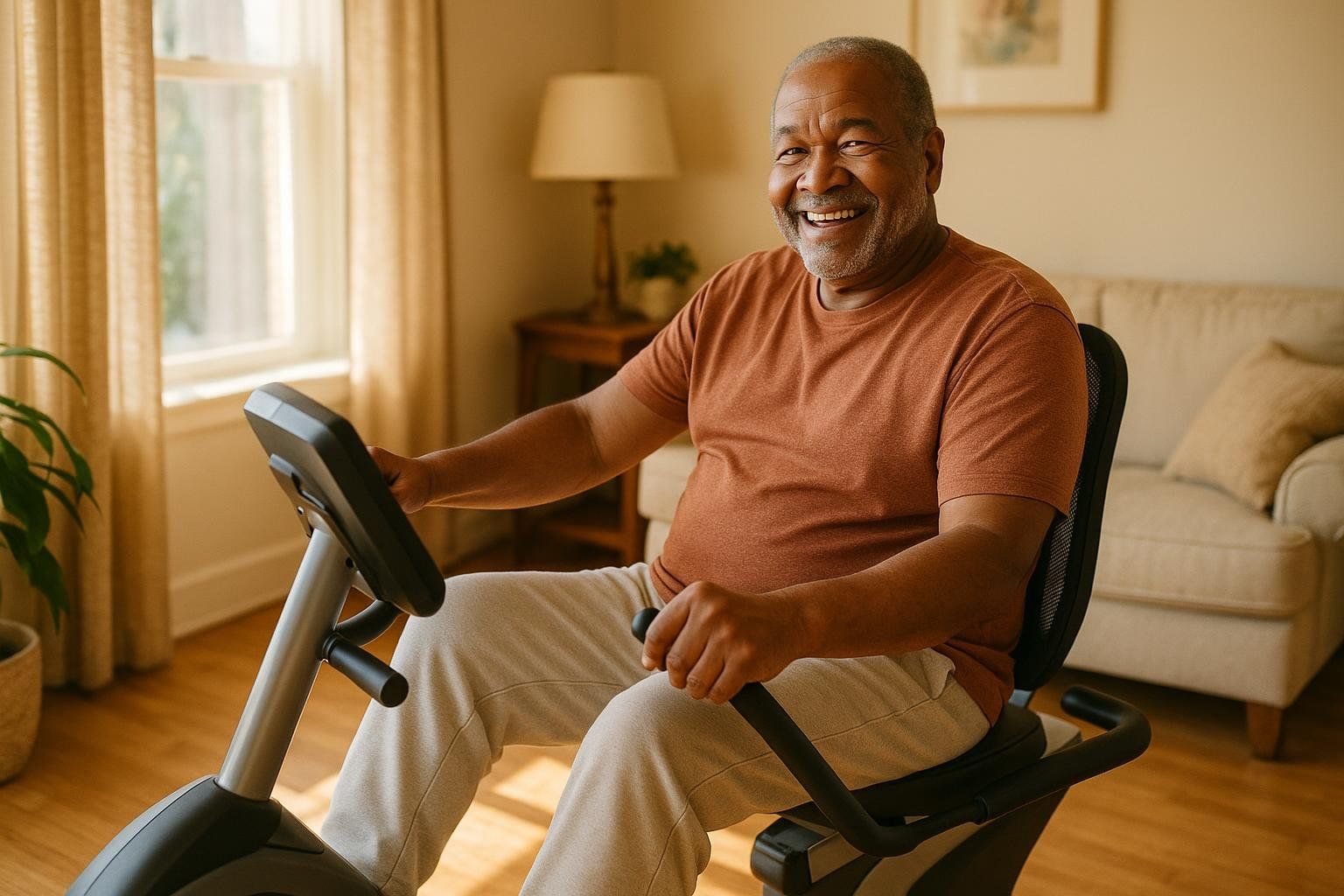
| Day | Session | Notes |
|---|---|---|
| Mon | 20 min indoor recumbent bike | Reclined position supports lower back |
| Wed | 25 min Zone 2 + light resistance-band circuit | Add band rows, seated chest presses, and seated hip abductions |
| Fri | 30 min outdoor path ride (flat) | Flat route is gentle on knees |
Pairing cycling with strength training helps maintain bone density and helps combat sarcopenia (age-related muscle loss) (PMC).
3. Progress Every 2–3 Weeks
- Add 10 percent volume or one extra interval set—not both.
- Schedule a BodySpec DEXA every 6–8 weeks to confirm fat vs. muscle changes.
Nutrition for Cycling and Weight Loss
Cycling can burn hundreds of calories, but refueling wisely is vital.
- Protein: ~1.6–2.2 g/kg body weight helps preserve lean mass during a cut (JISSN).
- Carbs: center most starches after rides to refill glycogen and aid recovery.
- Hydration & electrolytes: dehydration lowers power output and can masquerade as hunger.
- Alcohol: a pint of beer (≈ 200 calories) can quickly erase a significant portion of the calories you burned, so account for beverage calories in your overall plan.
Need a deeper dive? See our guide to losing fat and building muscle together.
Why DEXA Tracking Beats the Bathroom Scale
Traditional scales only show total mass. A DEXA scan distinguishes fat, lean tissue, bone, and even visceral fat. That means you can see if a “stalled” scale number actually hides a positive shift—less fat, more muscle. Objective data lets you adjust training and nutrition with confidence instead of guesswork. Learn more in our guide to interpreting your DEXA scan results.
Safety & Gear Essentials
- Helmet fit: replace every three to five years or after a crash (Consumer Reports).
- Bike fit: a saddle that’s too high can irritate knees—get a professional fit if discomfort persists.
- Visibility: daytime running lights and bright clothing reduce accident risk.
- Progress gradually: increase weekly mileage by no more than 10 percent to avoid overuse injuries.
FAQs
Can cycling burn belly fat?
While you can’t spot-reduce, cycling is highly effective at lowering overall body fat—including visceral fat, the harmful kind packed around your organs. A DEXA scan precisely measures these changes so you can see hard proof of your progress.
Is 30 minutes a day enough to lose weight?
Yes—when paired with mindful eating. A 155-lb rider burning ~300 kcal daily can lose roughly 1.0–1.2 lb per week by trimming another 200–300 kcal from diet.
Indoor vs. outdoor—does it matter?
Calorie burn is similar when power output matches. Indoor smart trainers remove weather excuses, boosting consistency.
Cycling vs. running for weight loss?
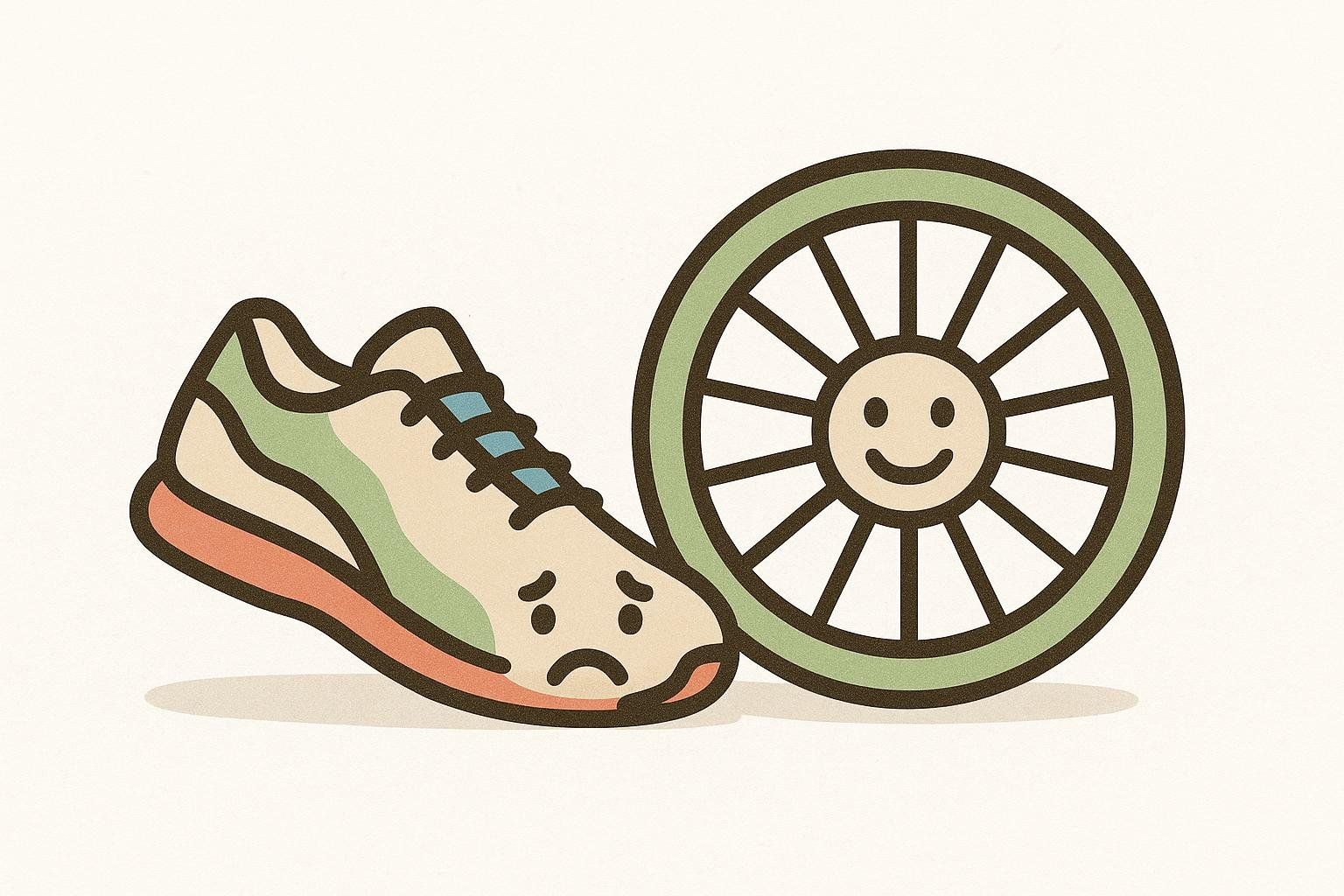
Running places forces of three to eight times body weight on the knees with each stride, whereas cycling is low-impact (DMU Medicine). Pick the option your joints—and your schedule—can sustain long term.
Key Takeaways
- Cycling’s mix of Zone 2 endurance and HIIT delivers efficient, joint-friendly fat loss.
- Sustainable results hinge on a measured calorie deficit and adequate protein.
- Track body composition, not just weight—schedule a BodySpec DEXA every 6–8 weeks.
- Start small, stay consistent, and pedal your way to lasting change.
Ready to see the data behind your rides? Book your next DEXA scan and cycle toward science-backed results.
